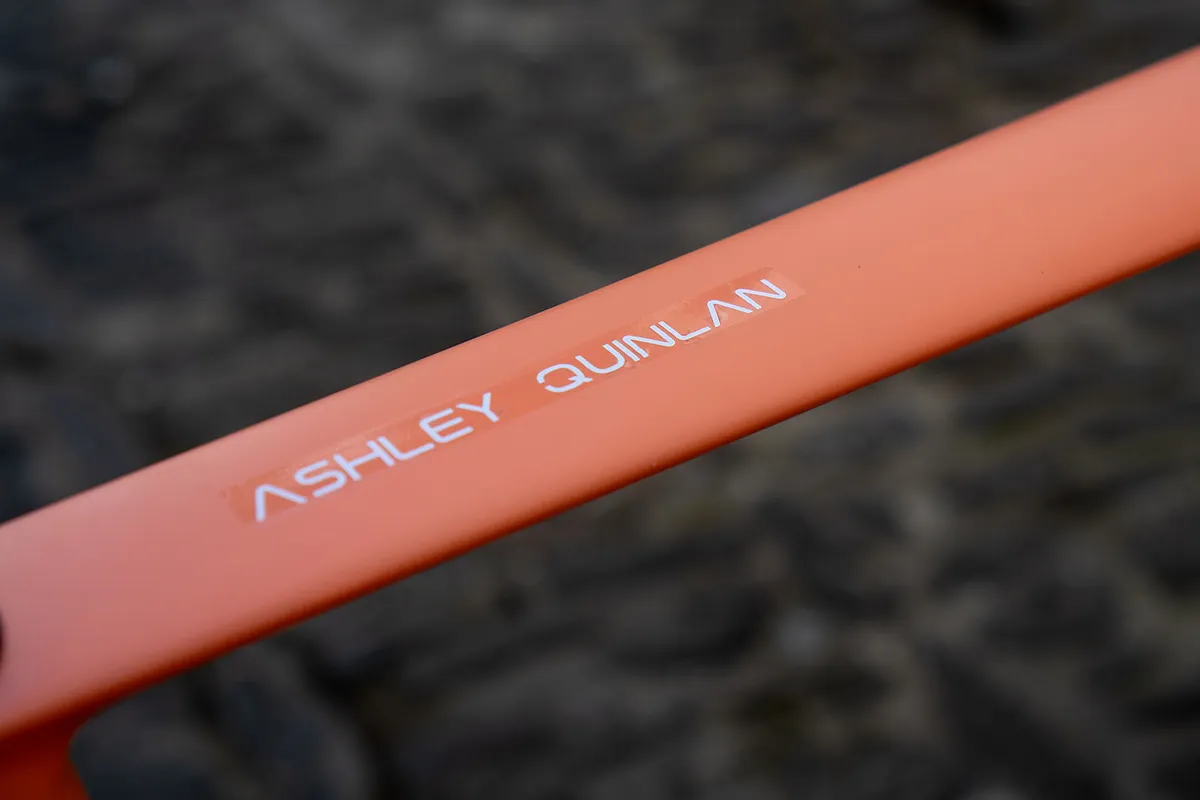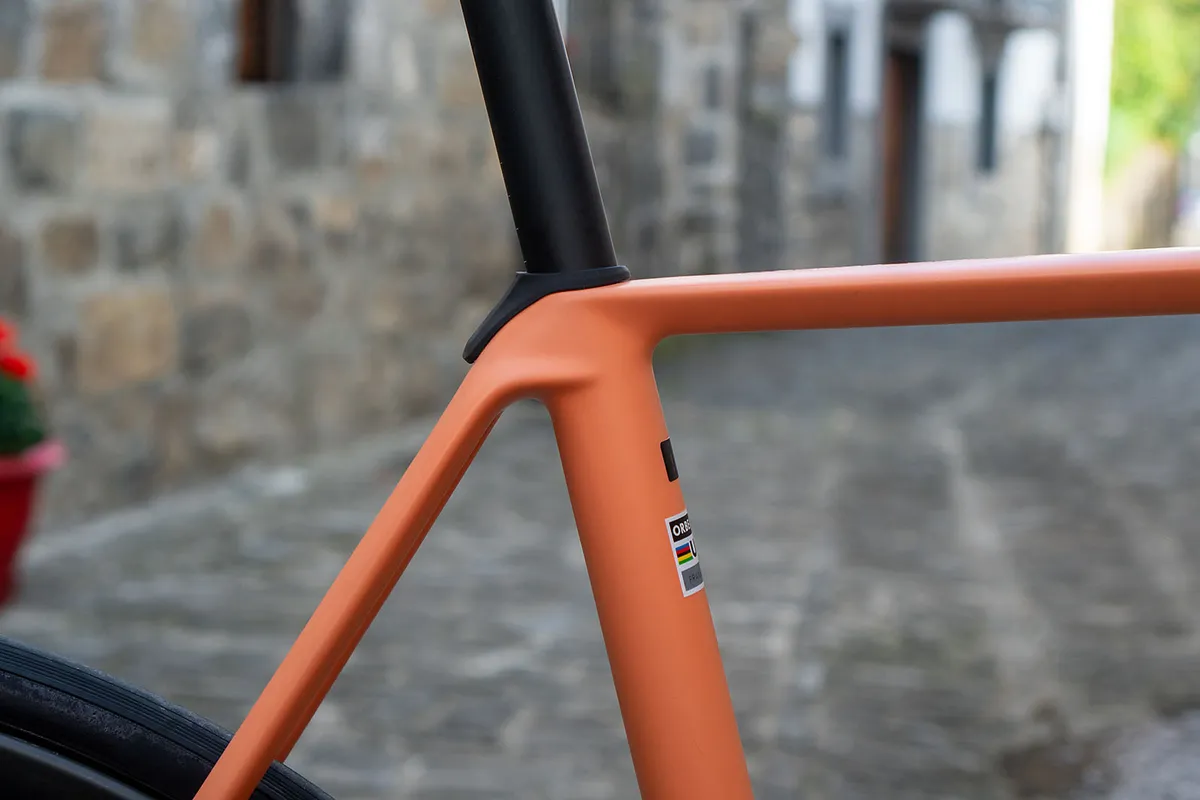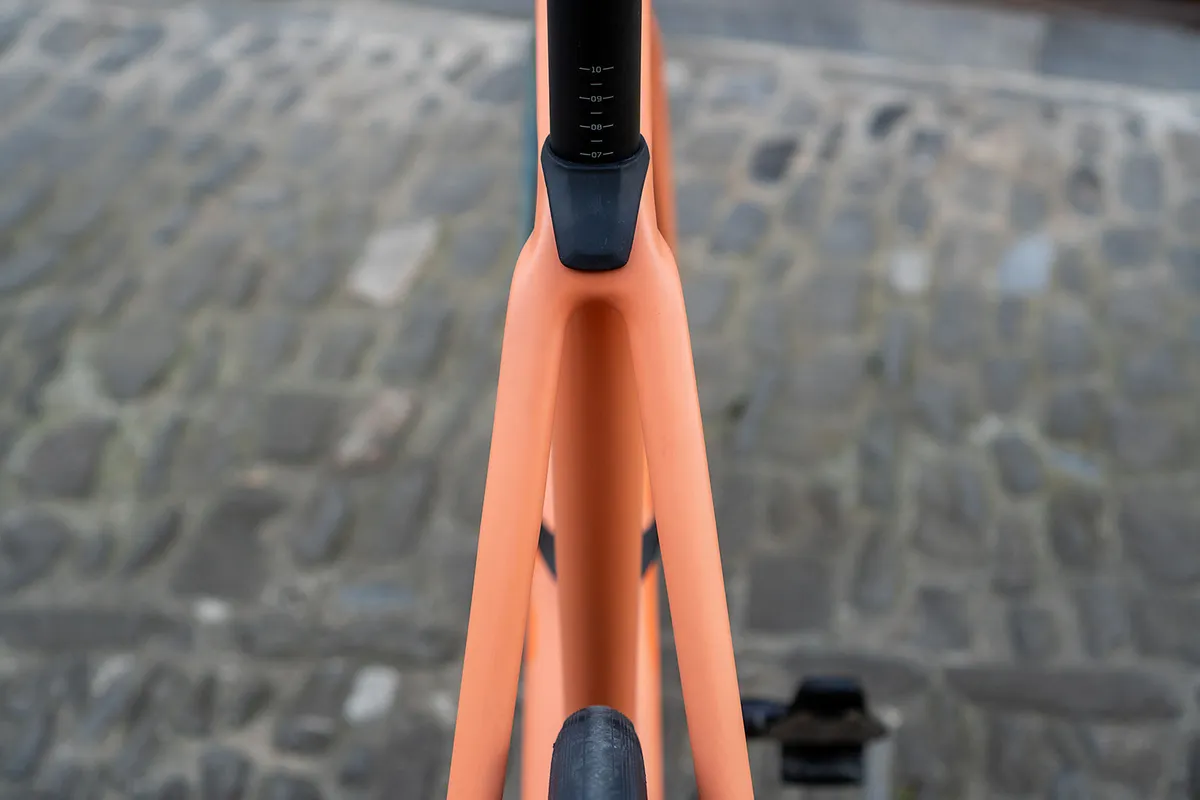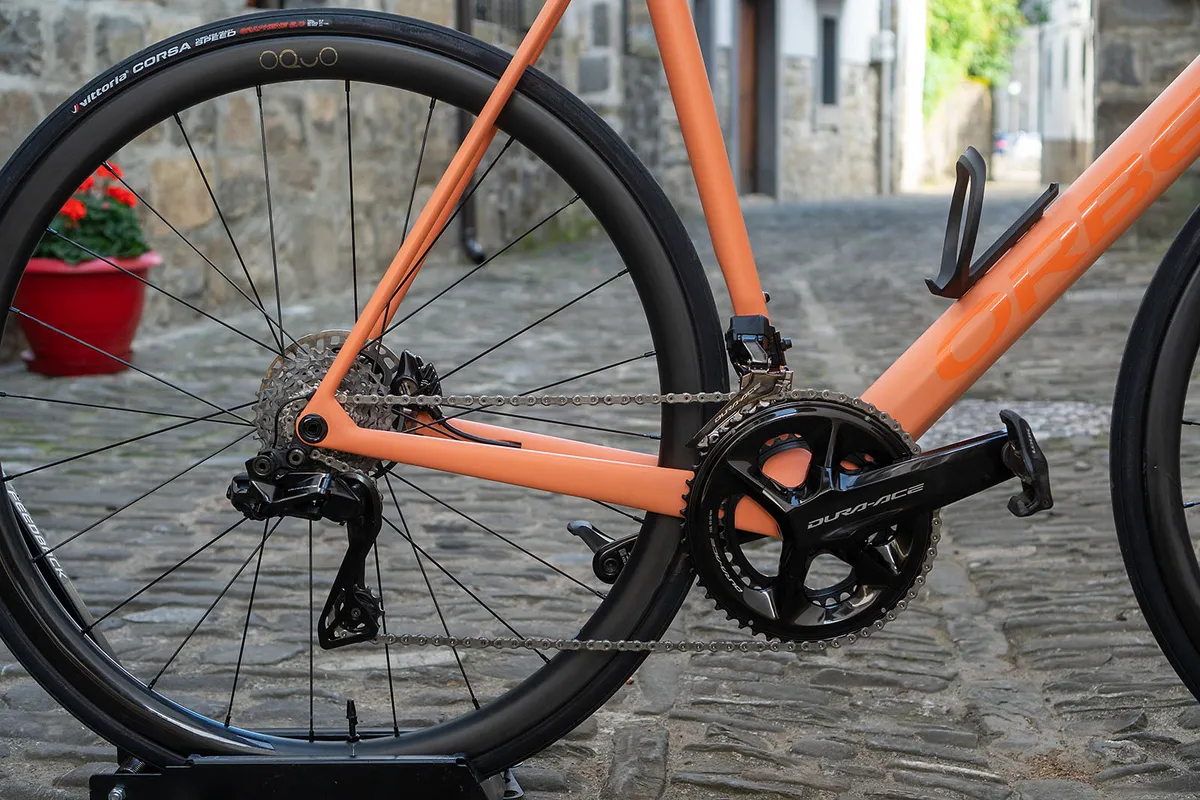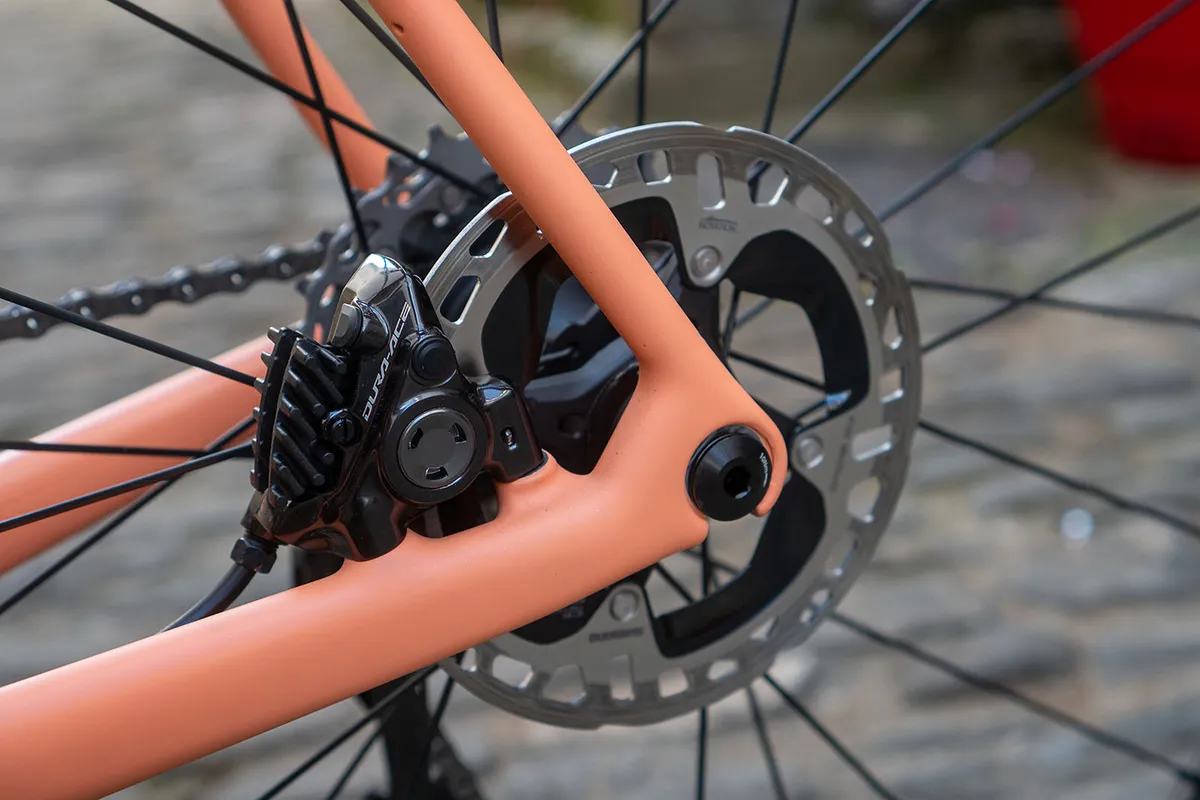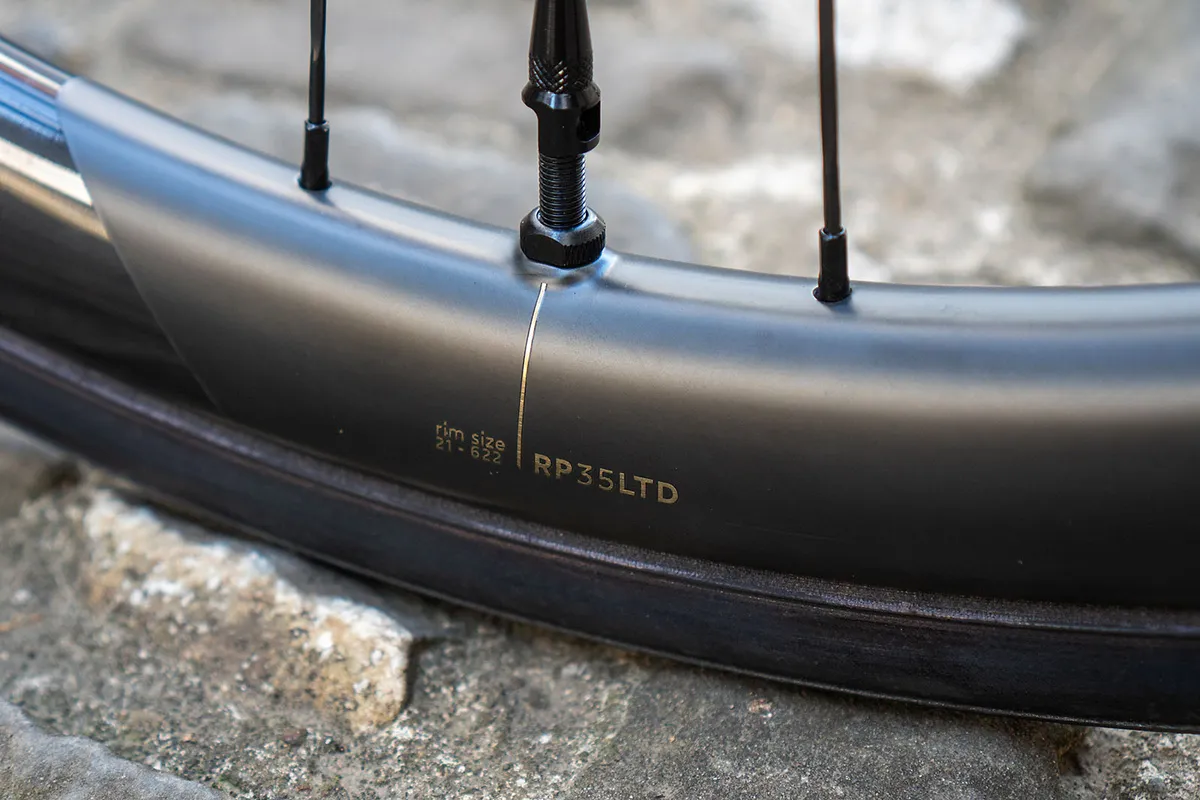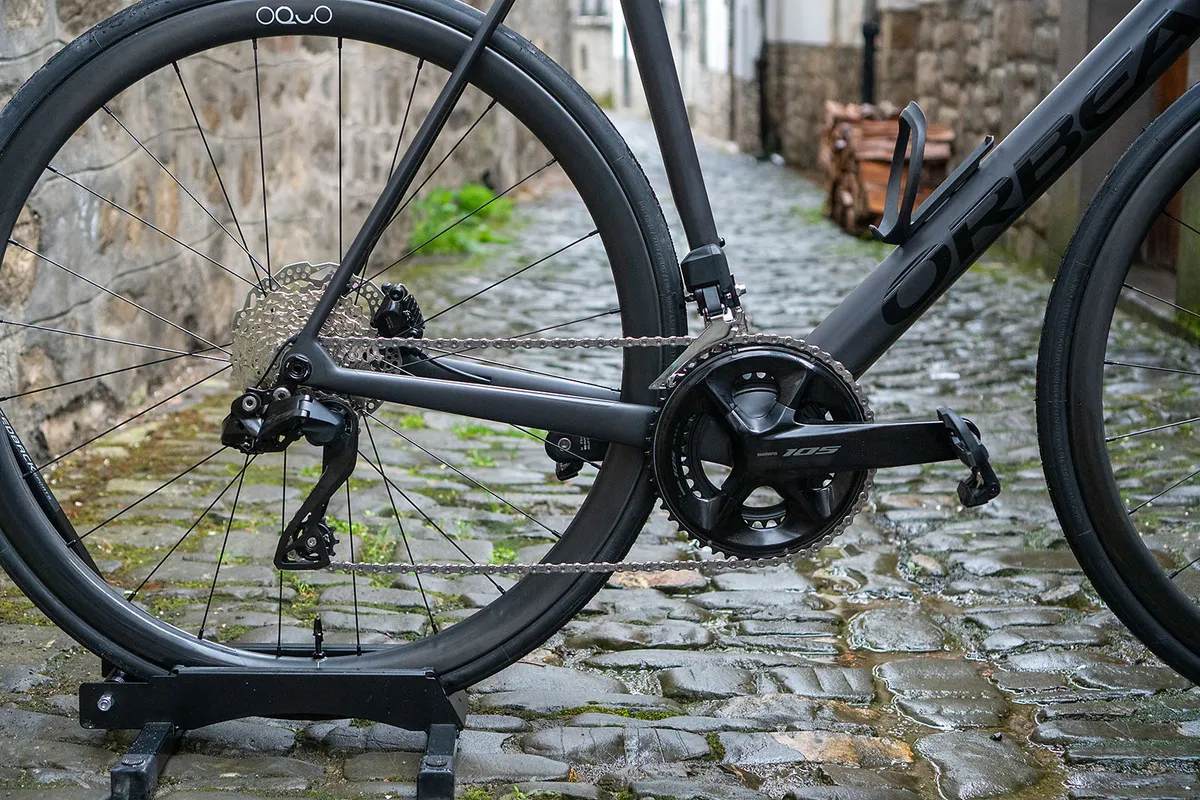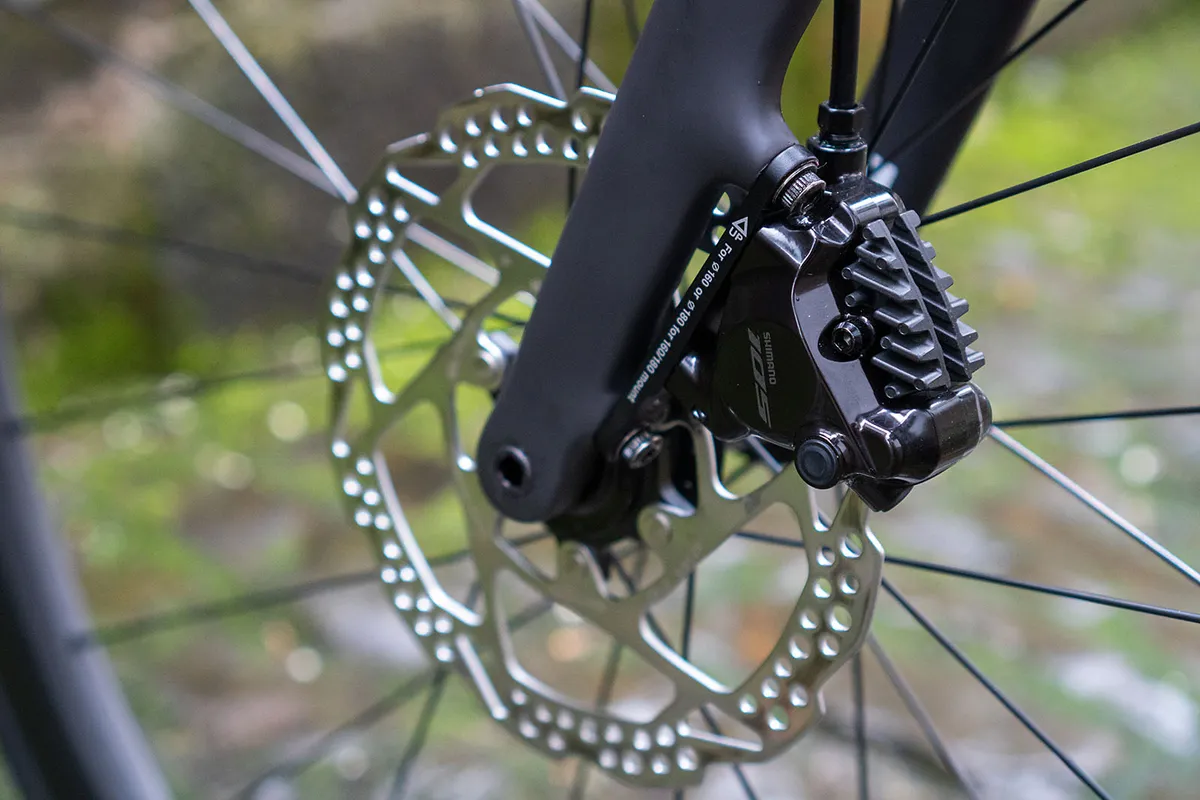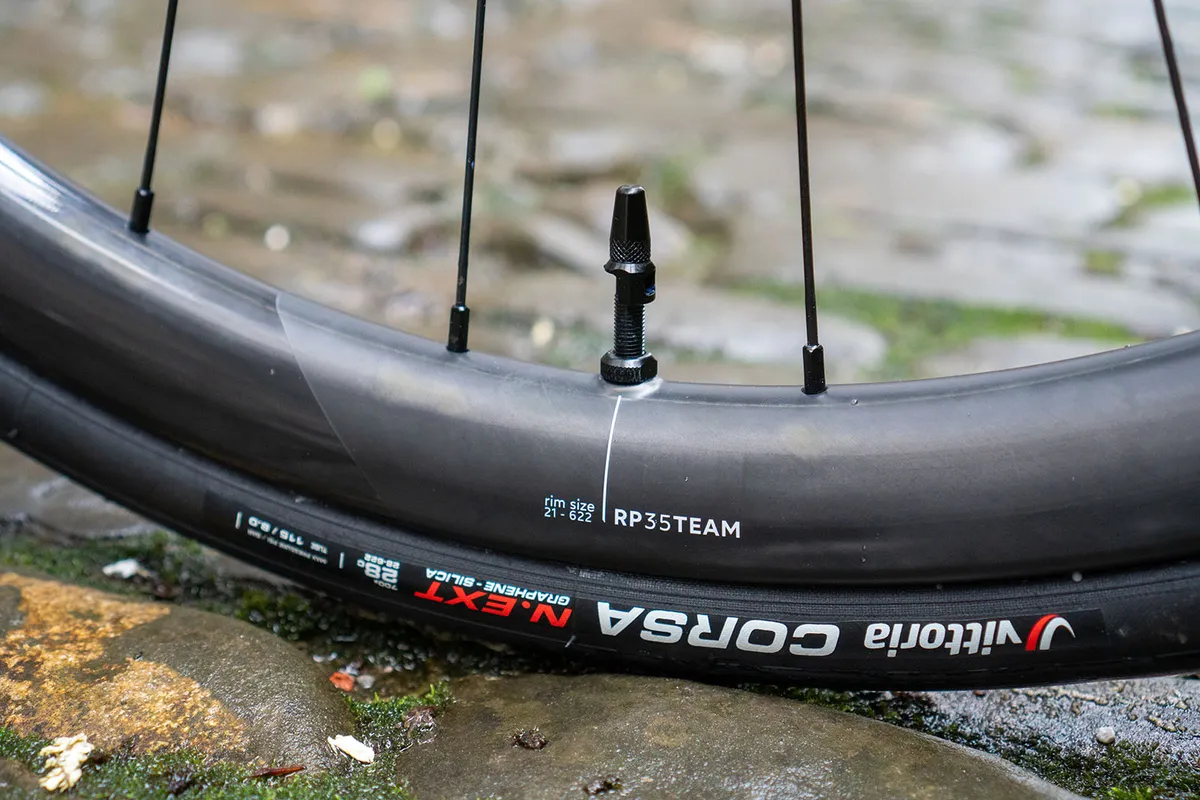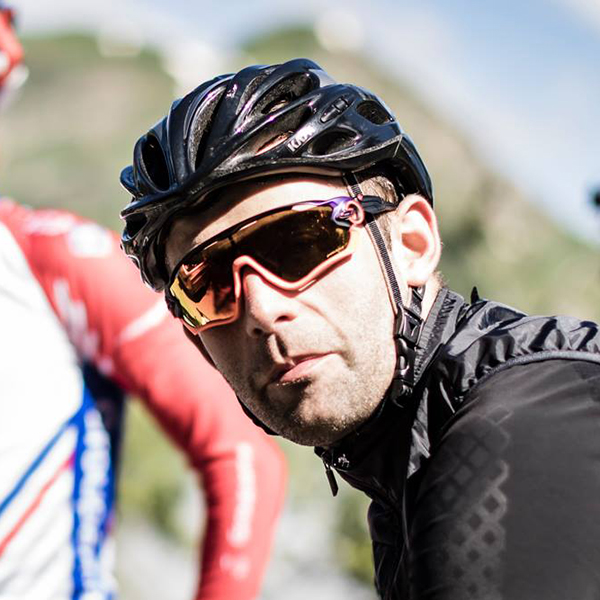Orbea has gone back to the future with its seventh-generation Orca.
While many brands search for the best all-in-one solution with their latest race bikes, the new Orca doubles down on lightweight performance.
Orbea has dropped many of the aero optimisations of the previous Orca, while it has unified the geometry across the OMX and OMR-tier frames.
The bikes feature wide spec flexibility via Orbea’s MyO customisation programme, offering customers the ability to nail their ideal Orca build.
I visited Orbea at its home in Mallabia, before getting to try the Orca OMX and Orca OMR around the town of Ochagavía, in the foothills of the Pyrenees.
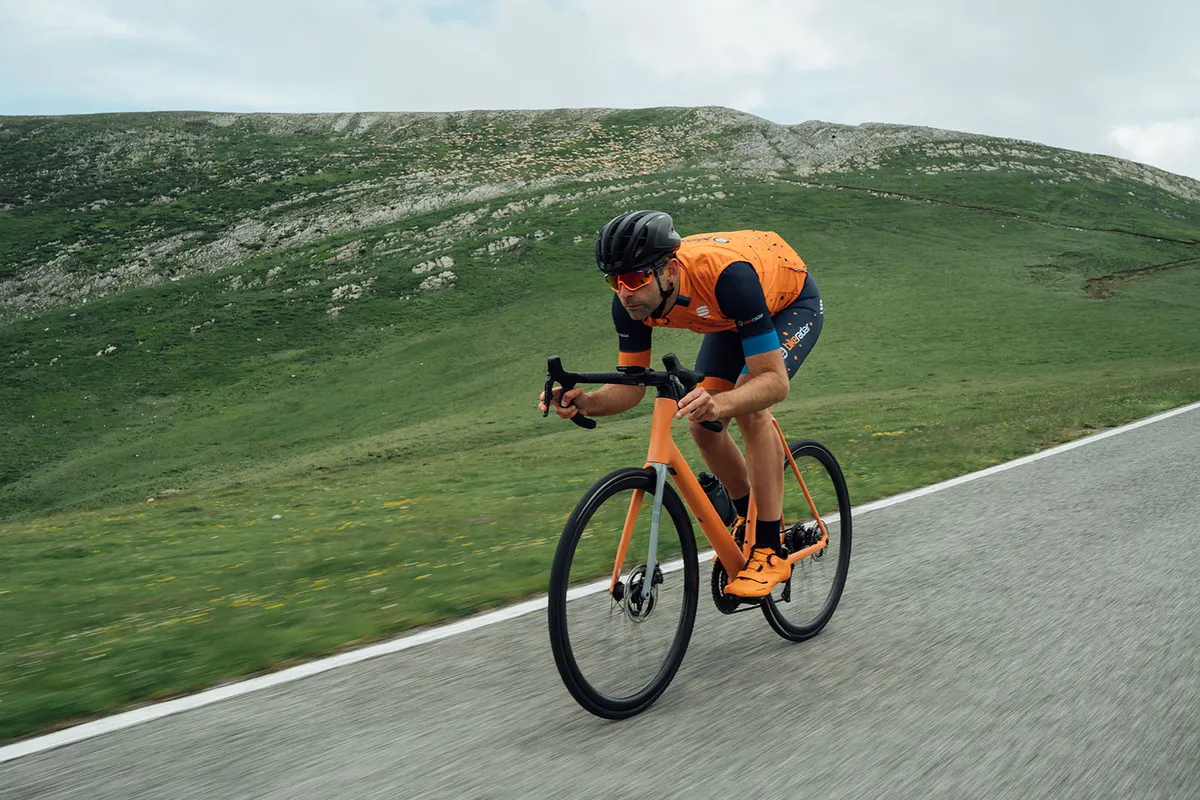
So far, both versions have demonstrated their prowess on the hilly terrain that characterises the area, impressing equally when climbing and descending.
There’s plenty more to uncover once the Orca OMX and Orca OMR arrive with us for full tests. But for now, Orbea would appear to have successfully focused the Orca, taking a different direction from the rest of the market.
Orbea Orca highlights
- 750g claimed frame weight for the Orca OMX (size 530)
- 1,040g claimed frame weight for the Orca OMR (size 530)
- Frame is slimmed down, dropping obvious aero tubing
- Clearance for tyres up to 32mm wide
- Round steerer and seatpost
- 1.5in headset bearings
- Redesigned seatpost clamp
- BB386 press-fit bottom bracket
- Complete bikes cost from £3,599/$3,599/€3,399, rising to £11,999/$11,599/€10,999
Orbea Orca first impressions
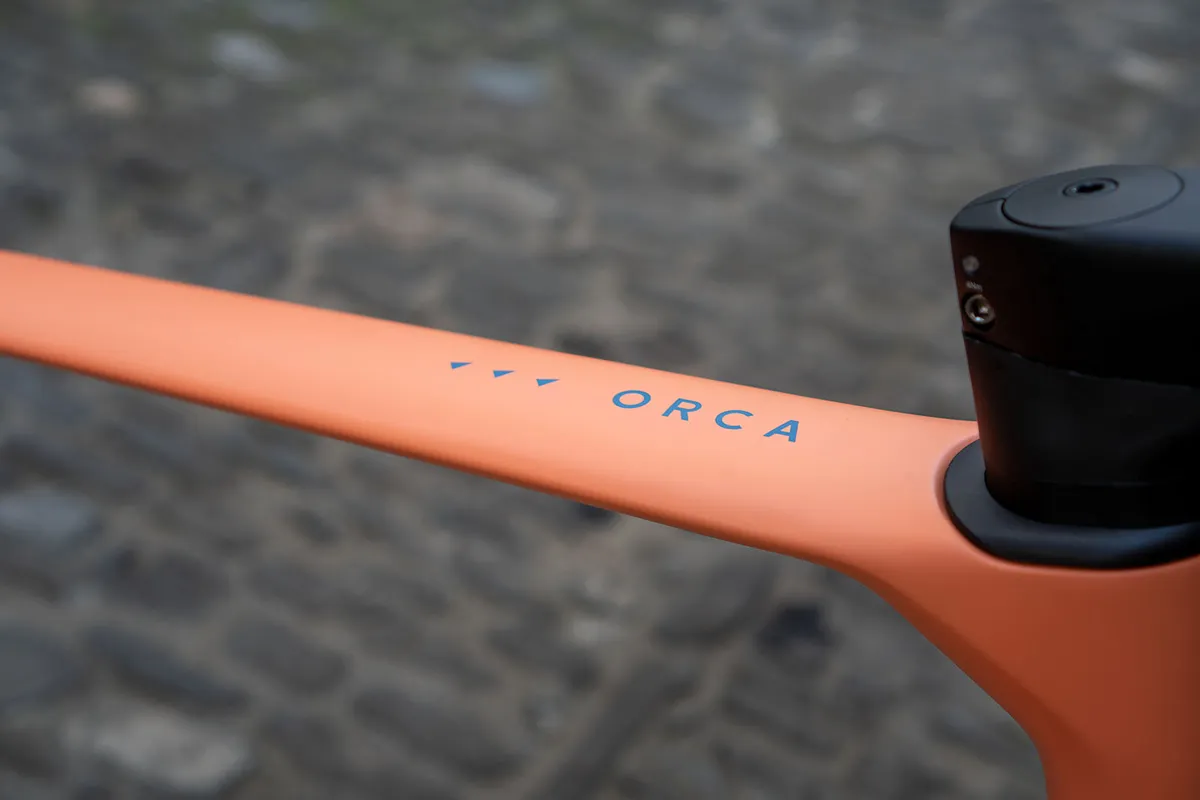
The new Orca certainly has a classical look about it.
In a world where aero tubing is rife, it’s refreshing to see a bike that steadfastly ignores the trends present in much of the industry.
The latest Canyon Ultimate, while also relatively traditional-looking, was feted for becoming more aerodynamically efficient (according to the German brand) last year, even though the real aero business is still left to the Aeroad.
However, Orbea thinks riders are more likely to enjoy being aboard a precision tool, rather than one that straddles the all-rounder race category. Remember it, too, has a dedicated aero bike in its arsenal, the Orca Aero.
That’s not to say the latest Orca wasn’t designed using CFD (computational fluid dynamics) or without the assistance of a wind-tunnel, but it certainly isn’t the main point of the bike.
The top tube cross-section is notably flat and narrow, while the down tube is lightly ovalised.
Meanwhile, the seatstays meet at the seatstay-top tube junction, with a tidily re-profiled seatpost clamp facing rearward under a neat rubber cover.
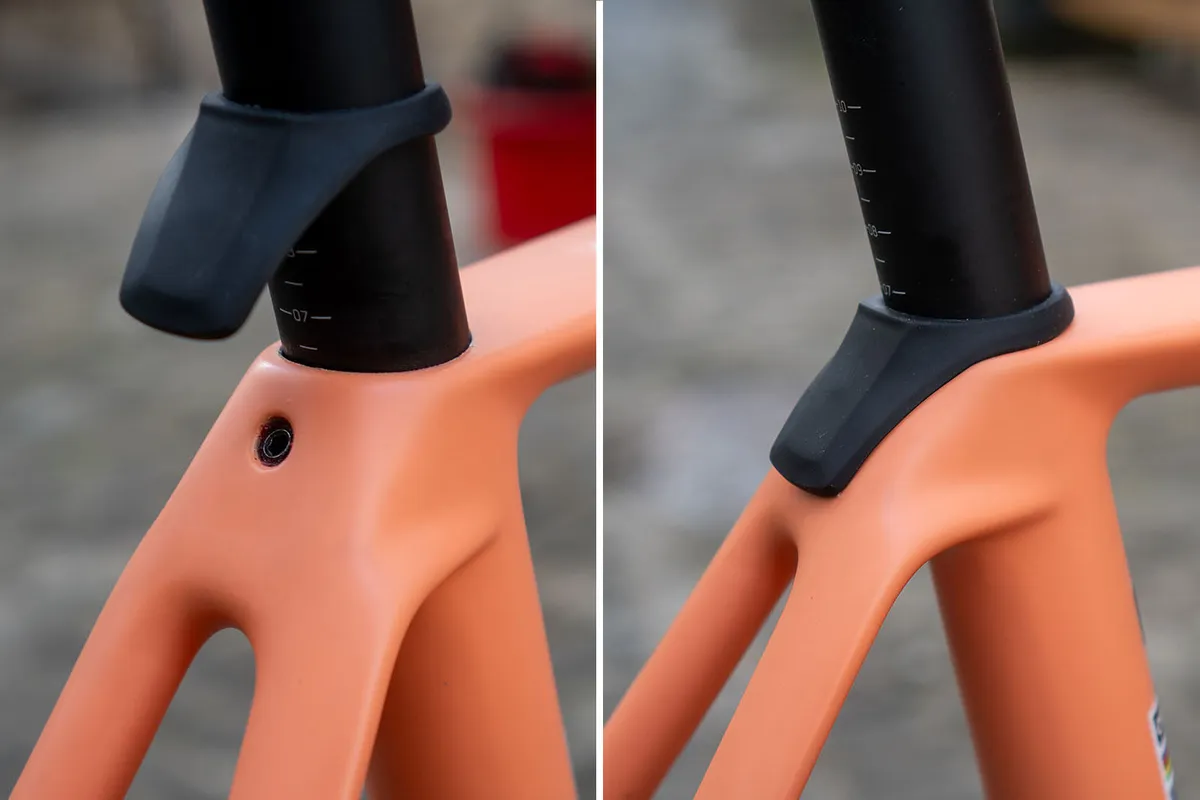
Those tall seatstays are rounded – all the better for compliance, I’m told, while there’s little excess carbon to be spotted elsewhere.
The head tube, fork and chainstays appear relatively slim, which Orbea says is a side effect of removing material to lower weight.
To my eye, against the backdrop of the so-called ‘one-bike-to-rule-them-all’ competition, it cuts a pretty silhouette without losing the down-to-business seriousness aero detailing can often convey.
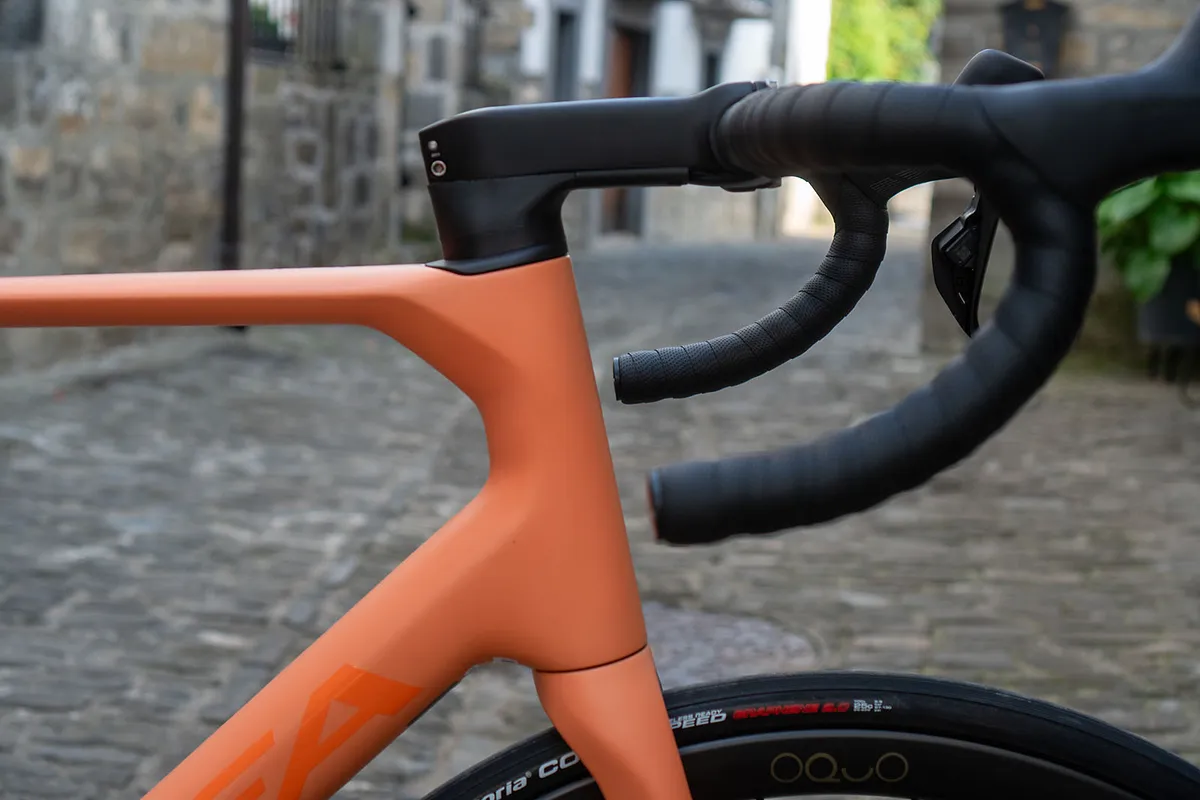
It’s probably fair to mention the Bianchi Specialissima and Specialized Aethos in a similar fashion, albeit Orbea says the Orca shouldn’t cost as much.
The price range – from £3,599/$3,599/€3,399, with cheaper bikes hinted to come, to £11,999/$11,599/€10,999 – is wide, and relatively competitive in a world where bike prices have increased and disposable income is dwindling.
Orbea Orca first ride impressions
Orbea Orca M10i LTD

For my first experience of the new Orca, I rode a 70km route with two out-and-back portions.
The first climbed up to the fog-covered French border at the Coll de Larrau and back down, before proceeding west to the Mirador de Tapla and back.
What occurred to me immediately was how efficient the Orca feels when climbing, excelling whether sat tapping out a rhythm, or stood out of the saddle.
While it feels very stiff, it still manages to keep the ride quality smooth.
The M10i LTD model is the equal-most expensive in the range at £11,999/$11,599/€10,999.
It comes decorated with Orbea’s top-spec Oquo RP 35 LTD wheels, a Shimano Dura-Ace Di2 R9200 groupset, plus (naturally) the lightweight OMX frameset. There’s nowhere to hide with a spec like this.
However, while I’d have preferred 28c tyres to help improve the overall ride quality, the 25c Vittoria Corsa Speed tubeless tyres (chosen for the launch for their racy character and low weight) enabled the frame to demonstrate its own ability to cut road buzz.
Despite this quite compliant nature, the ride is never boring. Jumping out of the saddle, acceleration is immediate, helped by the impressive Zipp Precision hubs at the centre of the Oquo wheels.
When attacking out of the saddle, the front end felt very lively, with the bike darting from side to side as my weight pushed through the bars.
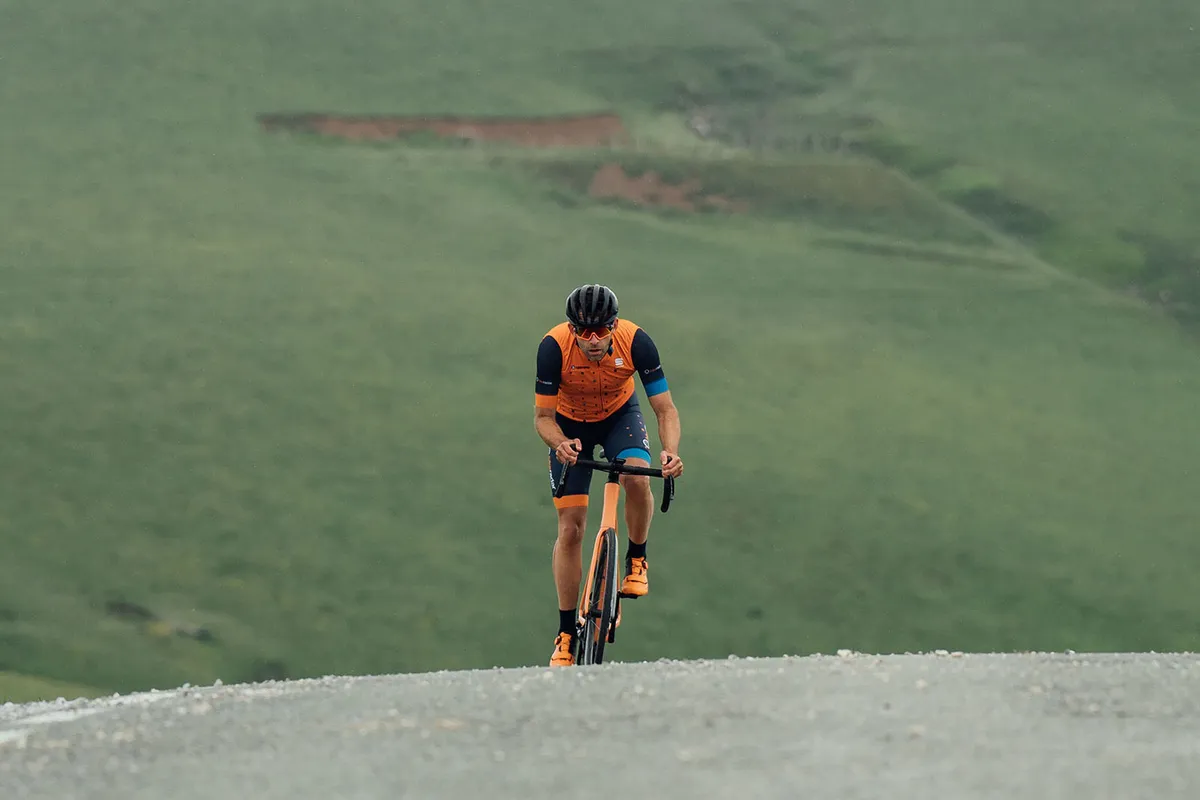
Indeed, it was so lively that on a couple of occasions I needed to sit back down and reset so I could try again – this time with less man-handling of the bars.
Riding new bikes is usually a journey into the unknown and takes some acclimation. It will be interesting to see if I can modify my riding style to dial out this tendency, or if it’s a dominant characteristic of the bike.
Descending is perhaps even more impressive. Pyrenean mountain descents are usually smooth and well-surfaced, but the Orca is incredibly predictable and confidence inspiring.
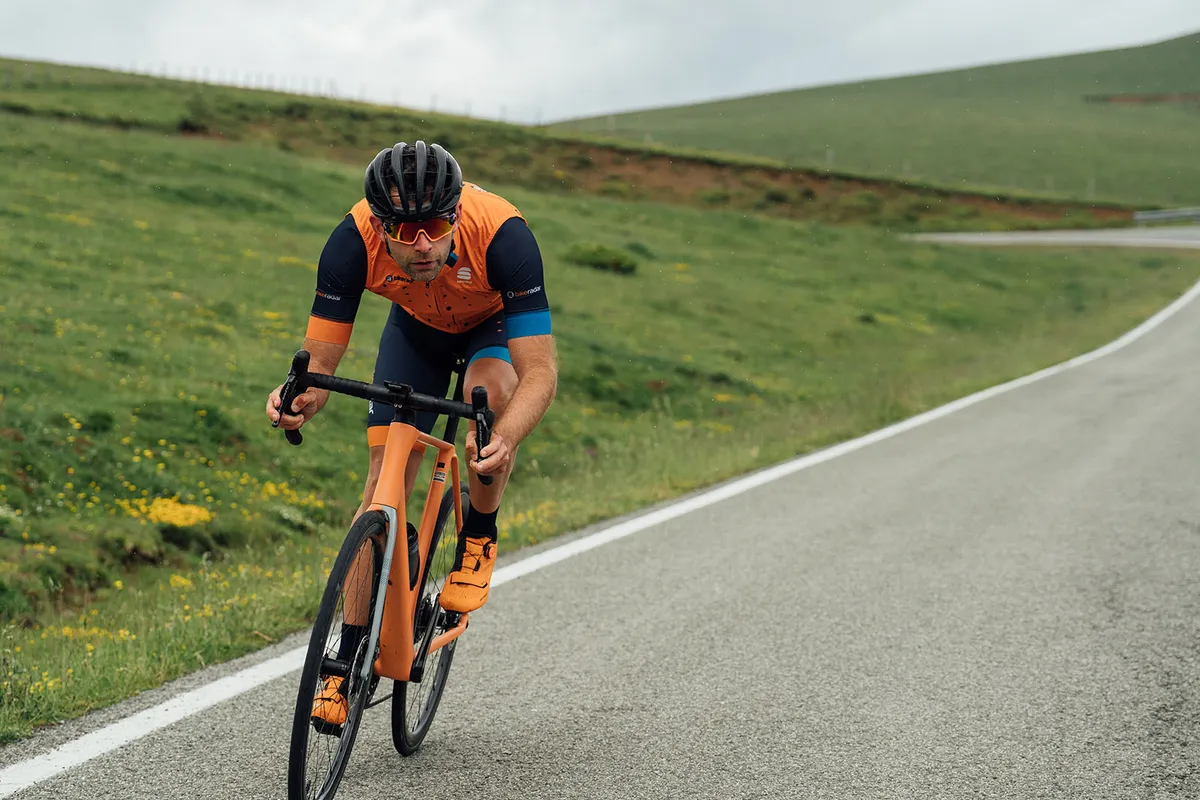
Pushing the limits of my skill coming off the climbs became almost addictive.
I felt tempted to drive hard into corners, once or twice finding some unwelcome loose gravel on the road, which quickly reminded me of my own mortality.
The Vittoria Corsa Speed is a good performance tyre, but I suspect a switch to my preferred Continental GP5000 S TR rubber (on top of a size bump) may have given me more confidence.
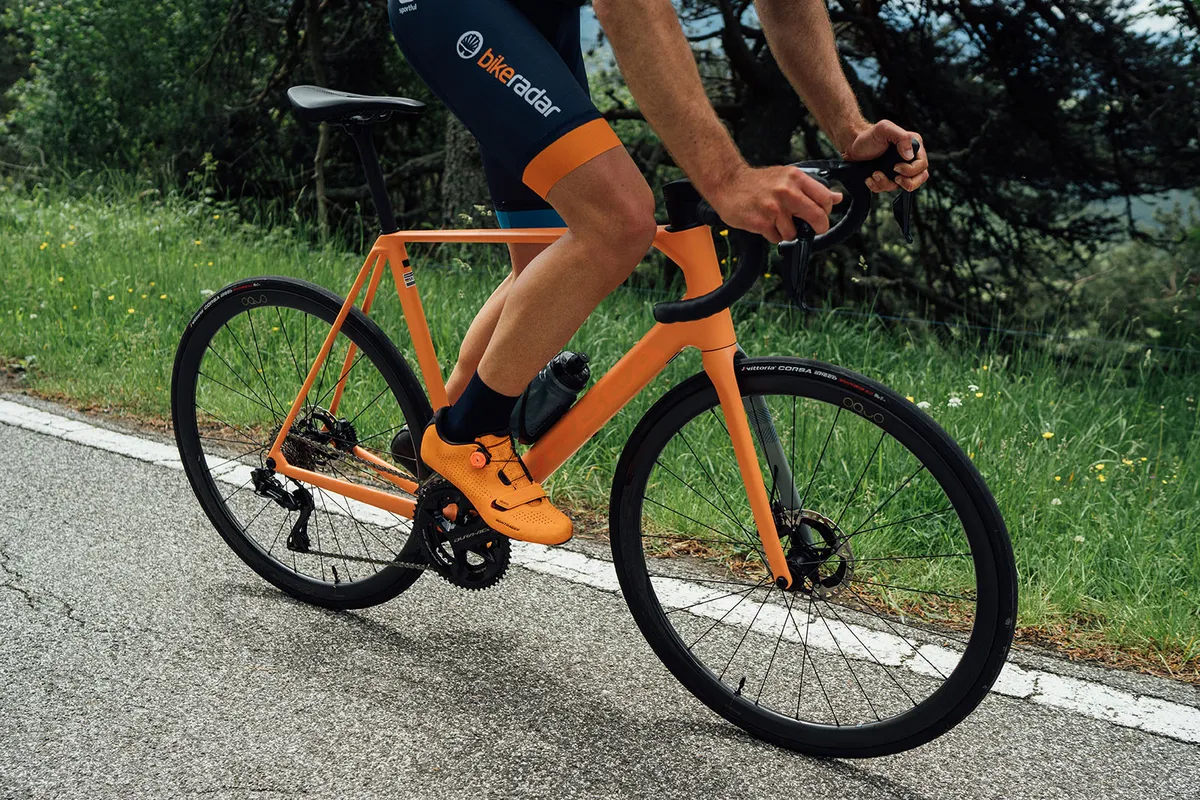
However, this is an easy switch to make and, subject to stock, will be offered by Orbea’s MyO customisation programme.
The MyO programme will also enable purchasers to switch out the Orca’s touchpoints – in this spirit, because it had one available, I asked Orbea to swap the default 20mm-setback seatpost for its in-line one to aid my fit.
I’d prefer a bar with more aero-profiled tops, compared to the round ones offered as standard, to make resting there a touch more comfortable.

The latest-generation Fizik Vento Antares R1 saddle also proved a suitable perch for me for the duration of the ride – something else that's swappable should you need to.
There was precious little flat riding to indicate whether the dropping of some of the previous Orca’s aero profiles has had a drastic impact on overall speed.
It’s likely it’s had some effect – Orbea says the new Orca remains aero-optimised to a degree, although specific claims are conspicuous by their absence.
Longer rides on the UK’s flatter and rougher terrain will reveal more about whether the Orca OMX is still a fast all-rounder, or if it’s become a little more limited in its appeal.
Orbea Orca M35i
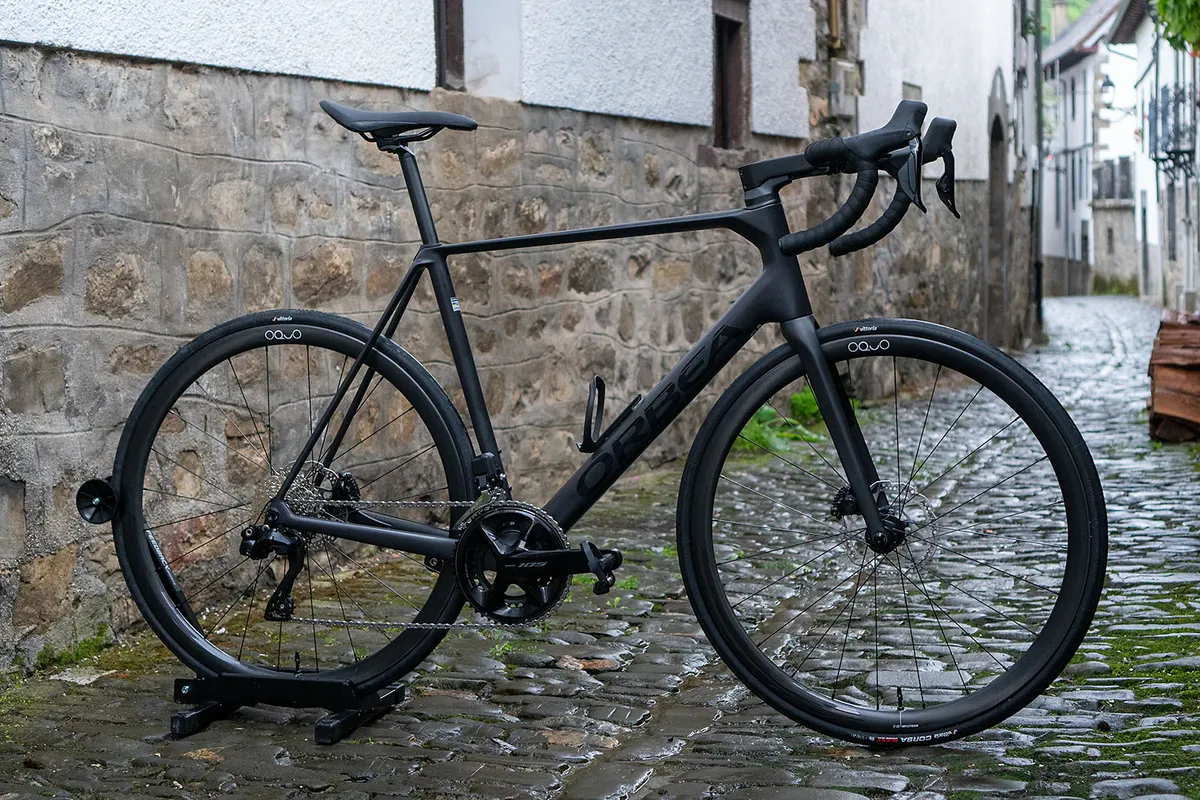
The following day, I had the chance to try out the Orca M35i for a flatter 73km loop.
The change of bike is significant, because the M35i is made with Orbea’s second-tier OMR carbon.
Orbea says, instead of simply being cheaper to make, this carbon offers more compliance and stability than the flagship OMX material.
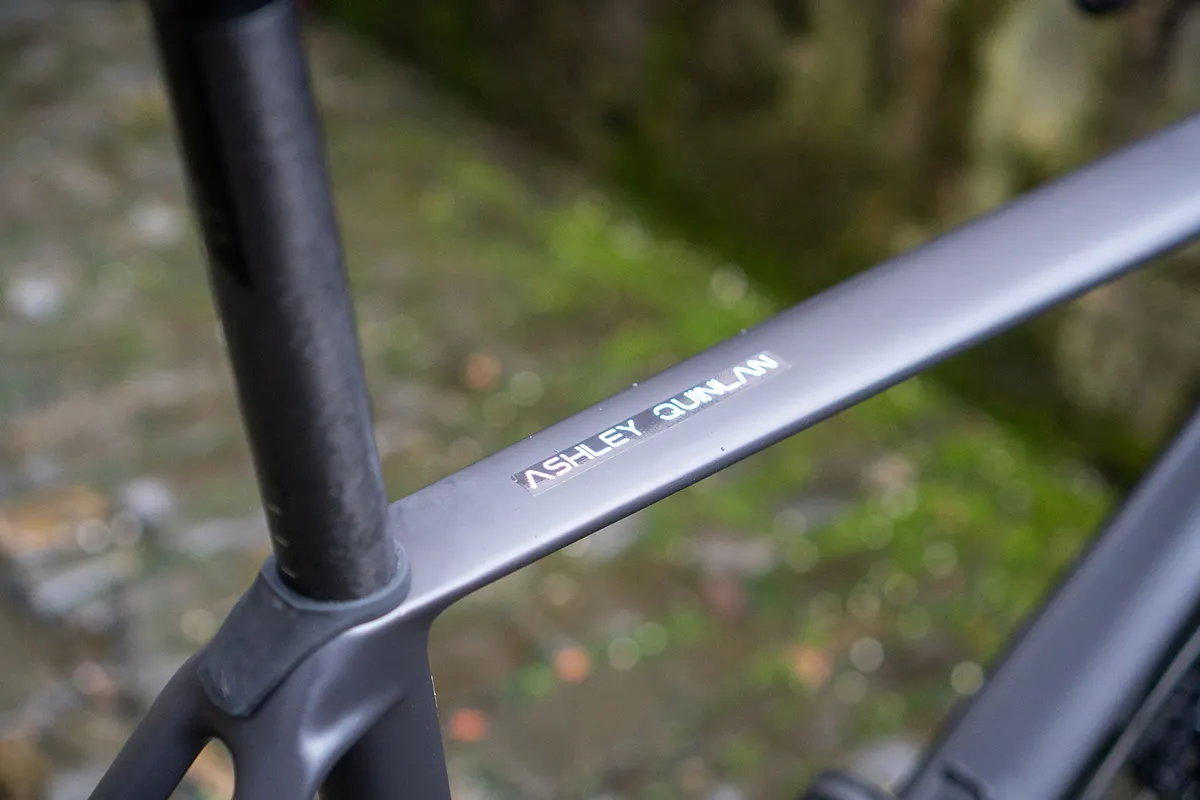
Component switch-outs (again, in order to hit a cheaper price point) muddy the waters of a true frameset head-to-head, though.
The wheels are the second-tier Oquo RP 35 TEAM models with Zipp ZV1 hubs, and the groupset drops a couple of levels to Shimano 105 Di2 R7100.
The tyres are now 28c Vittoria Corsa N.EXTs, hinting that Orbea expects more price-conscious customers may prefer wider, more durable rubber.
The OC bars are alloy, albeit identically shaped, and the seatpost is now a 20mm-setback model.
The saddle is the more endurance-focused Fizik Tempo Aliante (again, a nod to the ‘level’ potential OMR-spec riders might more commonly occupy). It’s not one of my favourite road bike saddles, but I could live with it for a single ride.
Nevertheless, what strikes home is how similarly the two framesets behave. Handling is just as poised, and the ride position is the same (I mostly compensated for the setback seatpost by pulling the saddle forwards).
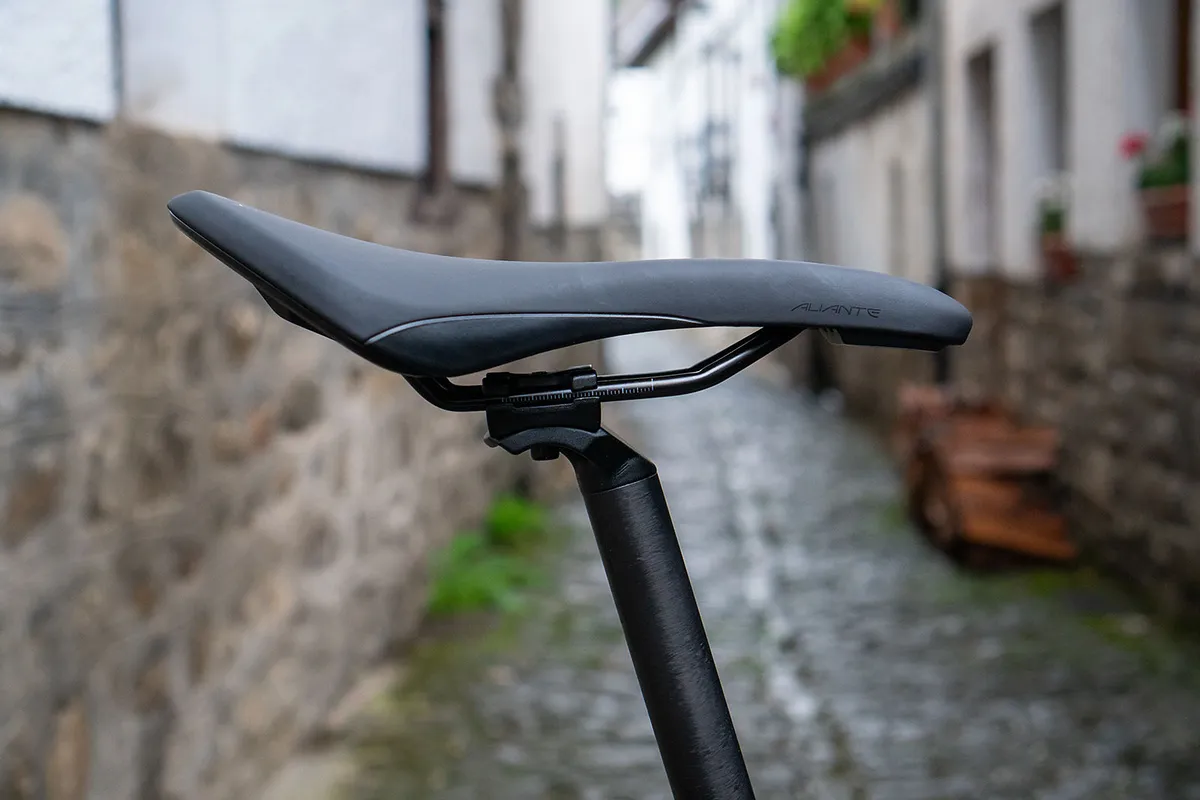
However, there’s certainly a sense of greater stability. Turn-ins might still be sharp and direct, but thanks to its weight the bike felt more substantial and a touch more predictable.
Although by now I was getting used to the geometry of the Orca, the front of the bike felt less edgy compared to the day before – I could rise out of the saddle, put the hammer down and man-handle the bars a little more confidently.
I could detect no real shortage of stiffness, given the stiffness-to-weight ratio is said to be the same between the OMX and OMR spec frames.
That said, the overall sensations were a little softer, perhaps indicating that the frame is a touch more compliant.
Meanwhile, the 28c tyres help to deaden road buzz with little-to-no detectable downside (the road surface was far from perfect in sections). This practically confirmed to me that it should be a default choice for anyone riding on anything but immaculate roads.
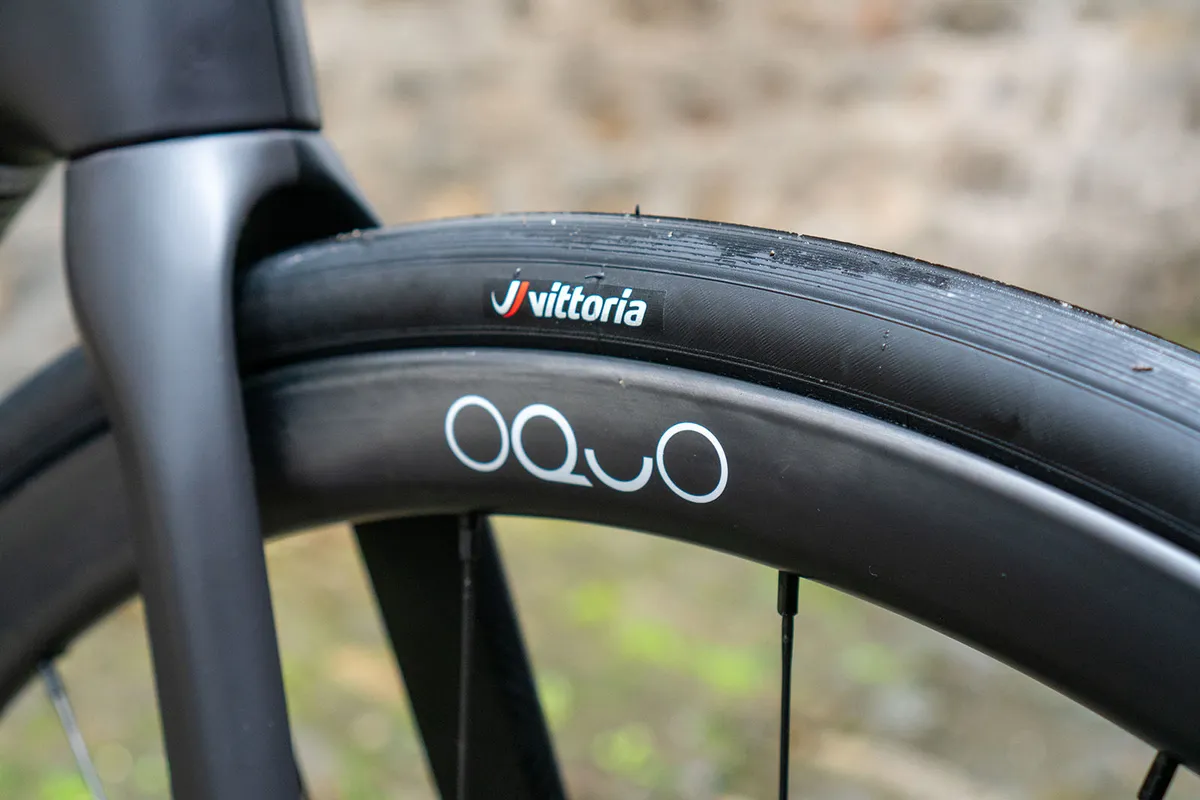
While 105 Di2 gives up a very small amount of perceptible efficiency and shift speed to Dura-Ace (and Ultegra) Di2, it impresses. Rarely did I miss the lightning-quick front derailleur speed of Dura-Ace Di2, and because I hadn’t had time to programme the hood buttons the day before, the lack of them was unnoticeable.
The gearing was also more accommodating, the crankset being a compact 50/34-tooth model paired to an 11-34 tooth cassette (as opposed to the 52/36-tooth chainrings and 11-30 tooth cassette of the previous day).
However, overall, spec comparisons aside, I suspect the differences between the two framesets are remarkably small.
Orbea Orca bottom line
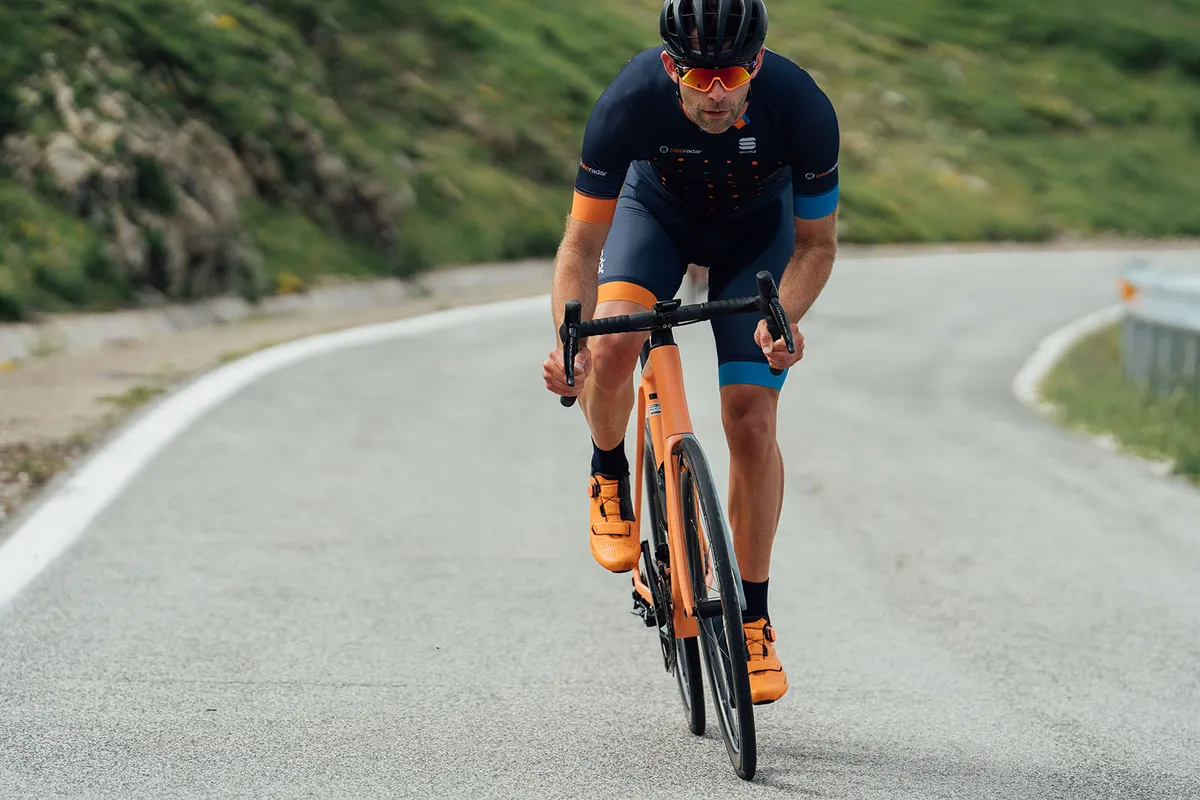
At first glance, from a taste of both OMX and OMR Orca framesets, Orbea appears to have built an impressive performance bike that prioritises handling, stiffness and ride quality over aerodynamics.
Whether that appeals will always be a subjective matter now that aerodynamic concerns are so prevalent for many riders.
So far, the Orca has impressed me where it’s intended to – on climbs, descents and rolling terrain. However, the big question remains: how it will compare to its rival road bikes when we get our hands on the bikes for a full review back home.
With both Orca OMX and OMR bikes coming soon, we’ll deliver our final verdict in due course.
Product
| Brand | Orbea |
| Price | €10999.00, £11999.00, $11599.00 |
Features
| Fork | Orca OMX carbon |
| Stem | Orbea OC, alloy |
| Chain | Shimano CN-M9100 XTR/Dura Ace 12spd |
| Frame | Orca OMX carbon |
| Tyres | Vittoria Corsa Speed TLR, 700 x 25c |
| Brakes | Shimano Dura-Ace Di2 R9200 hydraulic disc |
| Cranks | Shimano Dura-Ace Di2 R9200 52/36T 12×2 |
| Saddle | Fizik Vento Antares R1 |
| Wheels | Oquo RP 35 LTD |
| Shifter | Shimano Dura-Ace Di2 R9200 |
| Cassette | Shimano Dura-Ace Di2 R9200 12×2, 11-30t |
| Seatpost | Orbea OC, 27.2mm carbon, zero setback |
| Handlebar | Orbea OC HB11, carbon |
| Rear derailleur | Shimano Dura-Ace Di2 R9200 12×2 |
